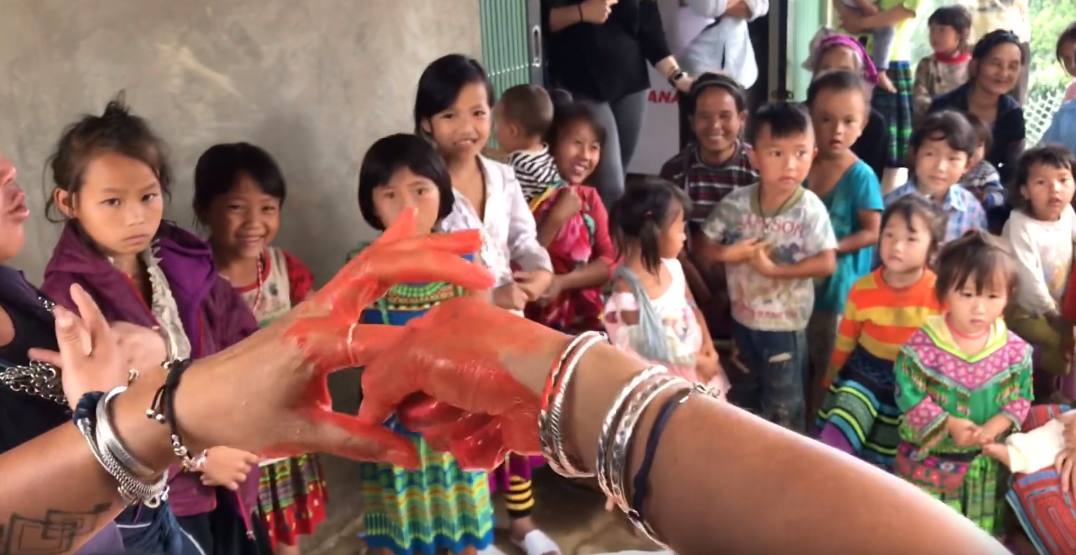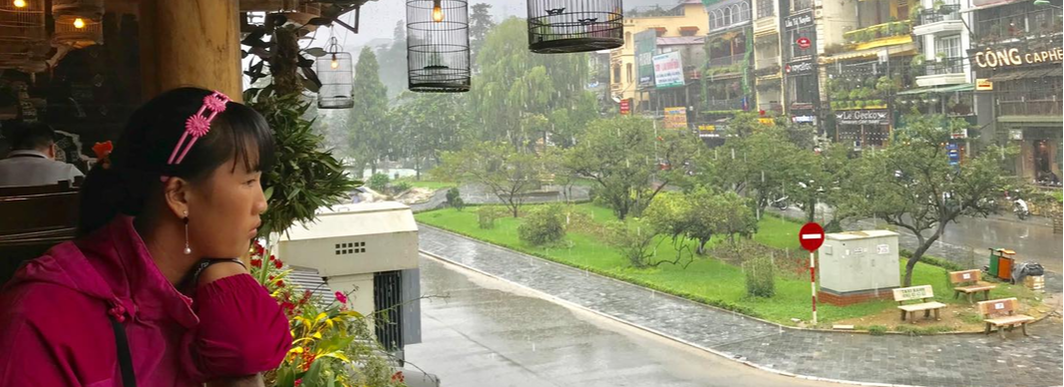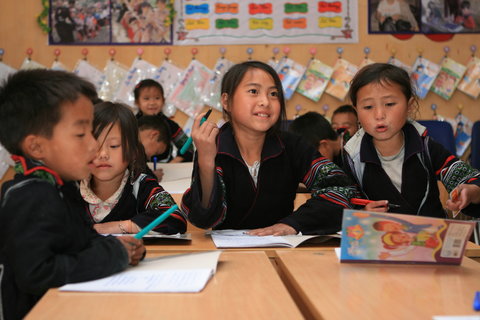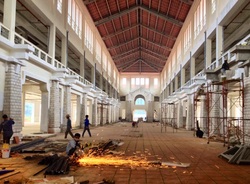What Greta is showing us, is that big impacts start small. What began as one girl standing up for what she believes in, has inspired millions of others to join her and take action.
“If your actions inspire others to dream more, learn more, do more and become more, you are a leader.”
Children are the future. In order to further community development, we at ETHOS are trying a new approach of empowering youth leaders to help us run our health and hygiene seminars and anti-human trafficking workshops in the villages. We have chosen a small team of girls that we will support and train to deliver our projects. The idea is that the girls will be delivering the content of our projects to the children that attends the workshops and thus become group leaders. Hopefully, by empowering this group of teenage girls and teaching them valuable skills, they will grow into becoming community leaders and drive development in their villages forward. Additionally, the hope is that this group of girls will become positive role models and inspire others to dream more, learn more, do more and become more.
If you want to see the teaching ad learning in action, have a look at this video:
https://www.youtube.com/watch?v=0loC6fJEe70&t=11s




 RSS Feed
RSS Feed